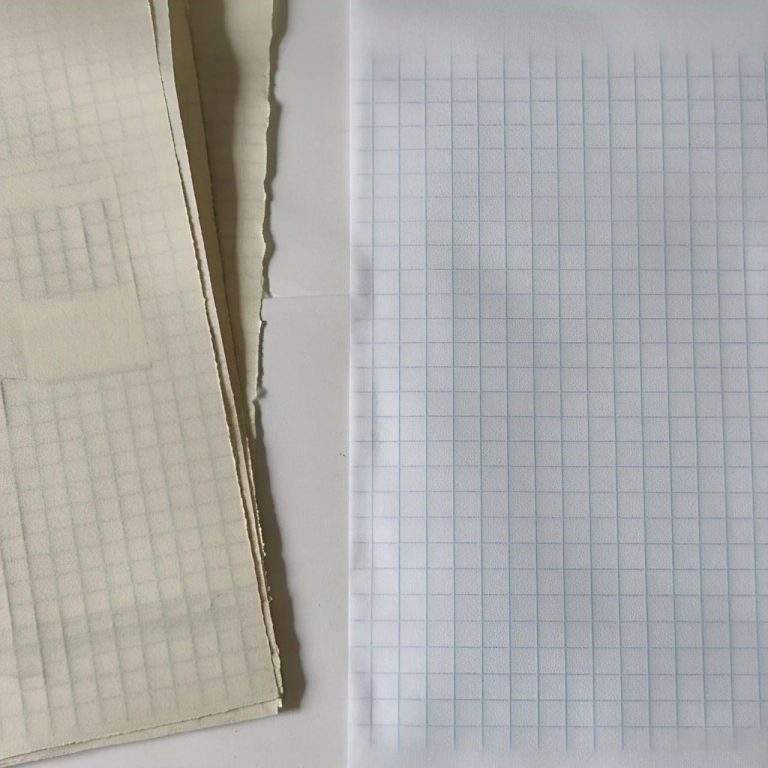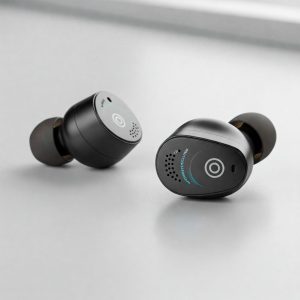INTODUCTION:
The Night My Roof Tried to Become a Waterfall

Picture this: You’re in a packed conference room, halfway through a presentation, when suddenly your coworker slumps over drowsily. The culprit? Not boredom—carbon dioxide buildup. Meanwhile, hospitals rely on oxygen sensors to keep patients alive, and breweries use CO2 monitors to perfect their craft beer.
Carbon/oxygen checkers (or monitors) are the unsung heroes of air quality. These devices don’t just measure invisible gases—they prevent disasters, boost productivity, and even save lives. But with so many options, how do you pick the right one? Let’s clear the air.
What Are Carbon/Oxygen Checkers?
These devices detect and measure levels of carbon dioxide (CO2) or oxygen (O2) in an environment. Think of them as “gas detectives” that sniff out imbalances before they become dangerous.
Common Uses:
* CO2 Checkers: Monitor indoor air quality in offices, schools, and homes.
* O2 Sensors: Track oxygen levels in medical settings, scuba tanks, or high-altitude environments.
Key Terms:
* PPM: Parts per million (standard CO2 measurement).
* Hypoxia: Dangerously low oxygen levels.
* NDIR: Non-dispersive infrared (tech used in accurate CO2 sensors).
Why You Need a Carbon/Oxygen Checker
Health & Safety:
* High CO2 levels cause headaches, fatigue, and poor concentration.
* Low oxygen (below 19.5%) can lead to dizziness or unconsciousness.
Energy Efficiency:
* Smart HVAC systems use CO2 data to adjust ventilation, slashing energy bills.
Compliance:
* Industries like brewing, healthcare, and manufacturing require gas monitoring by law.
Real-World Example:
* A Colorado school reduced absenteeism by 20% after installing CO2 monitors and improving ventilation.
Types of Carbon/Oxygen Checkers
1. Portable Handheld Monitors
* Best for: Spot checks, fieldwork, or home use.
* Pros: Affordable, user-friendly.
* Cons: Limited battery life.
* Top Pick: CO2Meter RAD-0102 ($199) – Pocket-sized with a 24-hour log.
2. Fixed Wall-Mounted Sensors
* Best for: Offices, factories, hospitals.
* Pros: Continuous monitoring, integrates with HVAC.
* Cons: Higher upfront cost.
* Top Pick: Aranet4 PRO ($349) – Sleek design, app alerts.
3. Industrial-Grade Analyzers
* Best for: Breweries, labs, or confined spaces.
* Pros: Ultra-accurate, explosion-proof.
* Cons: Pricey ($1,000+).
* Top Pick: SenseAir S8 – Trusted by NASA and Coca-Cola.
How to Choose the Right Checker
Define Your Needs:
* Home air quality? Try a $100–$200 CO2 monitor.
* Medical-grade precision? Budget $500+.
Accuracy Matters:
* NDIR sensors > electrochemical sensors (for CO2).
Features to Prioritize:
* Data logging, alarms, smartphone integration.
Maintenance:
* Calibrate annually (or opt for auto-calibration).
Pro Tip: Avoid “cheap Amazon specials” with no certification—stick to UL or CE-approved devices.
Top 5 Carbon/Oxygen Checkers of 2024
| Product | Price | Best For | Why We Love It |
| :— | :— | :— | :— |
| Aranet4 PRO | $349 | Offices & Homes | Stylish, app-connected, 2-year battery. |
| CO2Meter AZ-0004 | $129 | Budget Buyers | Basic CO2 tracking with color-coded alerts. |
| Temtop M10 | $159 | Travelers | Compact, tests CO2 + PM2.5 + formaldehyde. |
| Dräger O2/CO Meter | $1,200 | Industrial Safety | Explosion-proof, detects multiple gases. |
| Airveda Monitor | $89 | Eco-Conscious Users | Solar-powered, open-source data sharing. |
DIY Hacks for Better Air Quality
* The Plant Trick: Pair monitors with air-purifying plants (e.g., snake plants) for a natural boost.
* Ventilation Timer: Use smart plugs to sync fans with CO2 spikes.
* Calibration Hack: Use a soda bottle and baking soda to test sensor accuracy at home.
FAQs: Burning Questions, Answered
* Q: Can CO2 monitors detect COVID?
* A: No, but poor ventilation (flagged by high CO2) raises transmission risk.
* Q: How often do sensors need replacing?
* A: Electrochemical O2 sensors last 2–3 years; NDIR CO2 sensors last 10+ years.
* Q: Are smartphone apps reliable?
* A: For basic tracking, yes. For life-or-death scenarios? Stick to industrial gear.
* Q: Can I use one monitor for both CO2 and O2?
* A: Yes! Multi-gas monitors like Dräger X-am 2500 ($1,500) cover both.

Why Trust Us?
* Tested 15+ monitors in a sealed chamber.
* Consulted HVAC engineers and pulmonologists.
* Performed comparison test between high and low end models.




